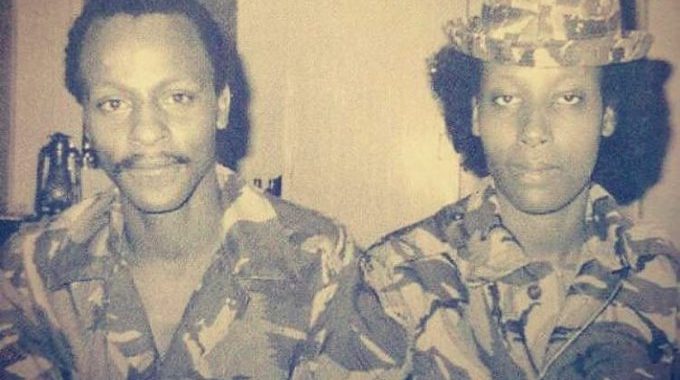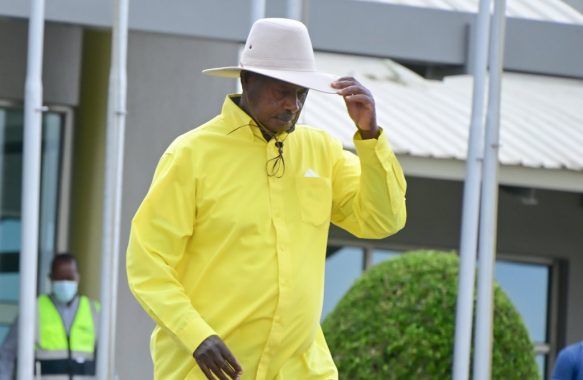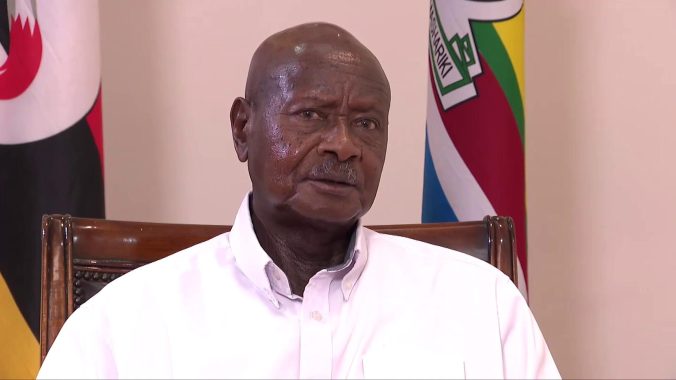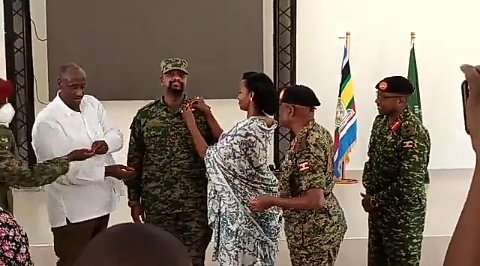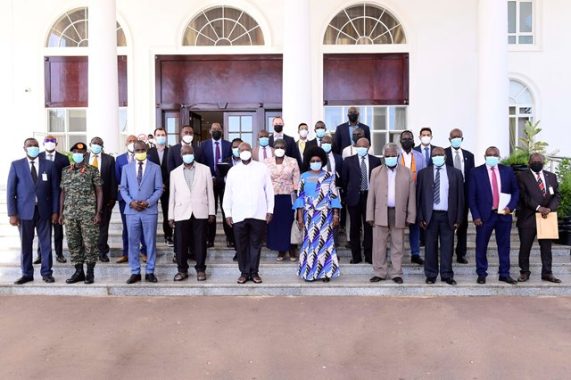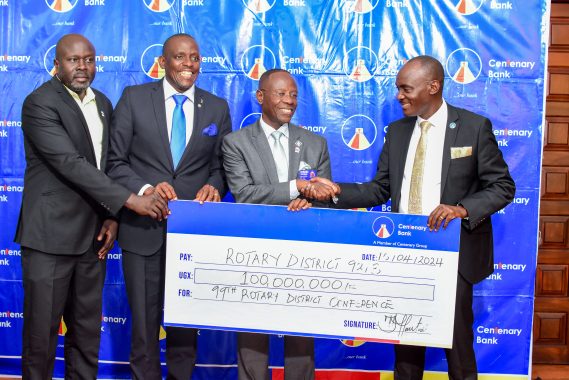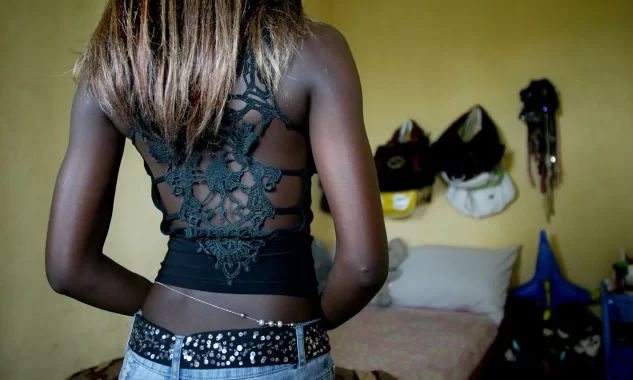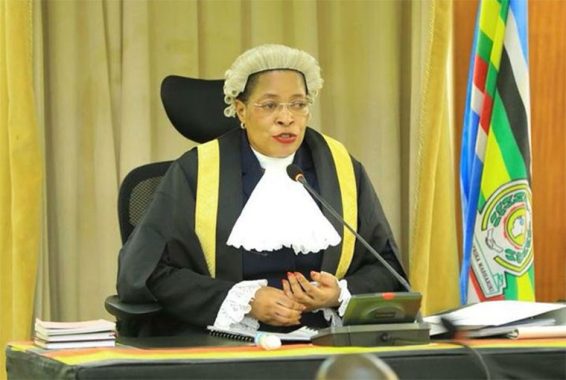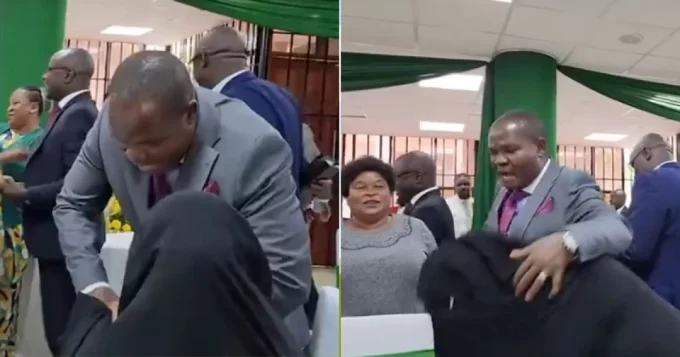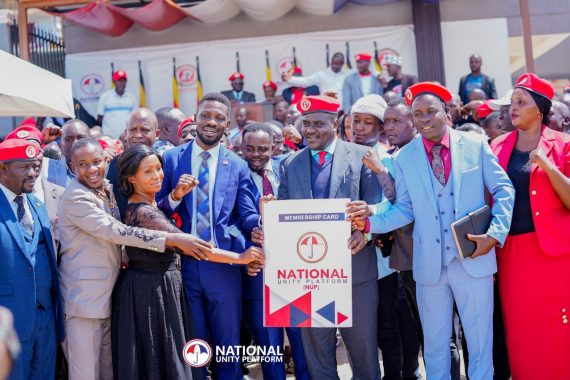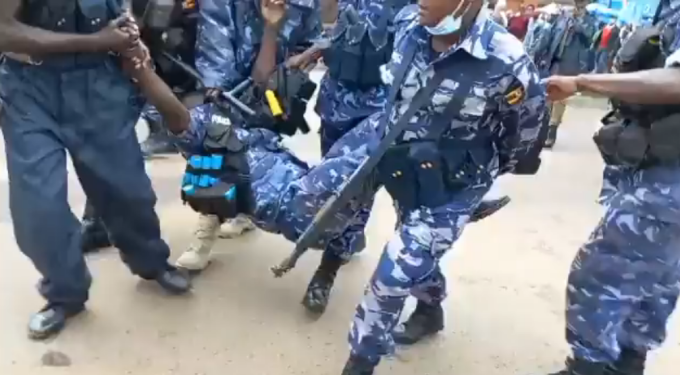Pecos Kutesa is no more!
UPDF Spokesperson@UPDFspokespersn Brig. Gen. Flavia Byekwaso confirmed confirmed Tuesday evening that decorated war hero Pecos Kutesa, 65, had passed on in India where he had been flown for treatment.
The army revealed: “To the UPDF fraternity regrets to announce the passing on of Lt Gen Pecos Kutesa which occurred today in India. More details to follow. MHSRIEP”
UPDF went on: “He was commander of the UPDF Centre for doctrine development and synthetisation until the time of his retirement. The ministry of defence and veteran affairs/UPDF fraternity condoles with the family, relatives and friends of the deceased during this difficult moment.”
Who is influential Kutesa?
Gen Kutesa who is among the recently retired army generals, began his military career in 1976 when he joined FRONASA, one of the military groups formed to fight Id Amin Dada.
Pecos Kutesa is a former guerrilla-combatant who became a member of the Uganda Constituent Assembly in 1995.
Pecos Kutesa began his military career in 1976 when he joined FRONASA, one of the military groups formed to fight Id Amin Dada. Like other FRONASA recruits, he was trained at Munduli Military Academy in Tanzania.
After the fall of Amin, Kutesa was deployed in Nakasongola Military Training School.
It was from here that he deserted the army in March 1981, aged 25, to join Museveni’s NRA rebels fighting to remove Milton Obote. Kutesa says he joined FRONASA after completing S.6 at Masaka Secondary School.
After the NRA captured power, he joined Makerere University and graduated with a social sciences degree. He claims he ran away from Nakasongola, where he was a serving UNLA soldier, because an order for his arrest had been issued after his colleagues declared a rebellion and in fact attacked Kabamba Barracks on February 6, 1981.
Before joining the main group under Museveni in Luwero, Kutesa operated briefly under Brig. Matayo Kyaligonza who was in charge of urban terrorism. In his book, Kutesa recounts how, together with Matayo Kyaligonza and Benjamin Dampa (RIP), they unsuccessfully attempted to set Kampala City ablaze when they hit the Agip fuel depot in the Industrial Area.
They also planned to set ablaze other neighbouring fuel depots belonging to Shell, Caltex and Total, hoping to trigger a huge fireball that would engulf the entire city. Fortunately, or unfortunately for them, the Agip fuel tanks were empty at the time they struck with an anti-tank gun.
After the botched operation, they withdrew to Nkrumah Road, opposite Uganda House, which was their base at the time. Their next target was the Kampala water reservoir in Muyenga. Museveni reportedly restrained them before they could launch the attack.
After a stint in terrorism, Kutesa joined the main rebel group in Luwero on March 30, 1981. He says that at the time of joining the rebellion, fighters under Museveni were less than 50, and some of them were unarmed.
KAKIRI ATTACK
The UNLF detach at Kakiri was attacked at least twice by the NRA.The attack was led by Museveni himself as a platoon commander of 53 people.
The NRA attacking force had been split into five sections, each with 10 people. Sam Magara (RIP) led section one, Kutesa led section two, Jack Mucunguzi led section three, Hannington Mugabi led four and Rwigyema took charge of section five.
Kutesa was the only surviving section commander of the NRA force that attacked Kakiri.
Kakiri attack
The UNLF detach at Kakiri was attacked at least twice by the NRA.The attack was led by Museveni himself as a platoon commander of 53 people.
The NRA attacking force had been split into five sections, each with 10 people. Sam Magara (RIP) led section one, Kutesa led section two, Jack Mucunguzi led section three, Hannington Mugabi led four and Rwigyema took charge of section five.
Kutesa is the only surviving section commander of the NRA force that attacked Kakiri.
One of the soldiers Pecos commanded in his section was Paul Kagame, currently President of Rwanda. During that operation, the NRA captured about 50 guns and declared this mission a success
Kutesa later became Museveni’s ADC.After the Kakiri attack, the NRA went underground for some months.In fact, Museveni with some of his guards went to Nairobi for 6 months. Being a Kalampenge, Kutesa asked his boss to be redeployed in active combat. Upon his return, Museveni visited all units.
Museveni again re-organised the NRA and this is when Kutesa became Commanding Officer of the C coy. This was one of the units that made up the Mobile Brigade under Salim Saleh. It is Pecos Kutesa who received a truck-load of guns that Lt. Col. Ssonko drove to the NRA base after the failed UFM attack on Lubiri in 1982.
Masindi attack
The February 20, 1984 attack on Masindi Barracks was arguably the turning point in the NRA bush-war, veterans say. Not only did the rebels multiply their arms by two, but it also boosted their morale, especially after the failed attack on Kabamba.
The Masindi attack happened after another re-organisation had brought in battalions. Kutesa who was commanding C Coy was now the boss of 1st battalion. Kutesa’s 1st battalion was responsible for leading the attack. They were supposed to attack at day break but they delayed and reached at 7a.m.In fact, Saleh who had been cautioned seriously by Museveni, sent him a radio message to inform him that they had arrived late. Museveni advised them to call off the operation.
Saleh informed Kutesa of the High Command Chairman’s advice, but Kutesa protested saying they were ready to attack. The now cautious Saleh asked him whether he would take full responsibility in case the operation was not successful, and Kutesa consulted his deputies after which he said yes.
Kutesa’s deputy was Peter Kerim and his operation officer was Fred Mugisha a.k.a ‘Headache’. After consulting other commanders, Saleh gave the attack a go-ahead. In the attack, the NRA overran the Artillery School, captured about 350 rifles, plus other ammunition. They carried their loot and marched back to their base to rescue Museveni who had by then come under UNLA attack.
Before the fall of Kampala into rebel hands, the NRA had undergone yet another re-organisation after Museveni returned from a six-month diplomatic and arms searching trip. Kutesa retained command of his 1st battalion while his operation officer, Fred Mugisha, became his deputy and his deputy Peter Kerim was appointed to head a new 21st battalion.
Kutesa operated on one side of Katonga Bridge. When the Katonga Bridge fell to the rebels, the 1st battalion led the match towards Kampala along Masaka Road. There were hold-ups, especially during the peace talks in Nairobi, but eventually Kutesa’s battalion led the march towards the capital, capturing Lubiri Barracks while other units attacked different government and military encampments.
After the fall of Kampala, Kutesa went to Jinja together with Kyaligonza. In 1994, he was elected Constituent Assembly delegate for Kabula. Kutesa was one of the senior officers who fought alongside their spouses during the bush war. His wife, Dora is also a veteran of the war.

Award winning journalist and writer who has worked as a stringer for a couple of acclaimed South Africa based German journalists, covered 3 Ugandan elections, 2008 Kenya election crisis, with interests in business and sports reporting.

